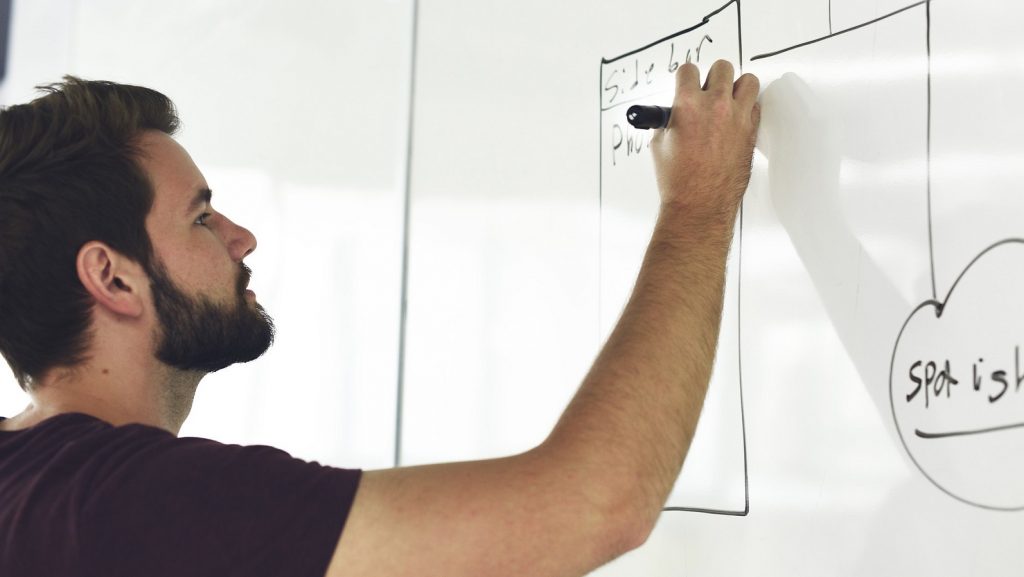So you’ve come up with what you think is the next Uber or Airbnb. Now what?
It might be tempting to quit your day job and start fundraising. Before you do that, there are a few steps which will increase your odds of developing a product that people want and investors are keen to put money into.
No ad to show here.
An assumption is something we believe to be true with little or no evidence. In most cases your early idea will be a collection of assumptions or hypotheses, ranging from small to big hairy assumptions that have the potential to sink your potential startup if proven false.
There are a few steps which will increase your odds of developing a startup idea into product that people want
At Feastfox (a digital marketplace connecting restaurants and diners, which I helped found) we worked with a three-step framework to bring structure to testing our assumptions:
- Collect all assumptions or hypotheses.
- Rank them according to the level of risk and level of conviction (how confident we are).
- Find quick (and cost-effective) ways to test the validity of the assumptions, starting with the riskiest.
This process can be time-consuming so what’s the point?
- Going through this structured process holds a mirror up to your blind spots, beliefs which have the potential to cripple your startup if disproved.
- Time well-spent, upfront, will save you time and money later, especially if you discover that you are about to build a product that nobody wants.
- Testing the assumptions will lead to valuable learnings about your potential customers, market or product.
- Validating your riskiest assumptions reduces your risk of failure increasing your potential for success and ability to raise funding.
- Most importantly you are reducing your risk of getting into something which isn’t going to work.
1. Collecting the assumptions
Collect all assumptions and group them into high-level categories. Categorising assumptions helps to identify the ones that don’t immediately come to mind.
2. Ranking the assumptions:
Evaluate your assumptions based on two vectors, namely: business risk and conviction. Rank them appropriately from highest to lowest. Your highest ranked assumptions will be those with the highest risk and lowest conviction.
3. Testing the assumptions:
Having identified the highest risk assumptions you need to test their validity.
This process should be relatively quick and cost-effective. The aim is to increase your level of conviction that your riskiest assumptions are valid without investing too much time or money.
It is important to do this early on so that you can learn before wasting time and money.
Some methods for testing your assumptions and practical examples of how we tested some of the assumptions above are:
Research: Google, research papers and articles. We analysed Google popular times data for a sample of restaurants helping to validate that restaurants actually have slower hours
Observation: Observe how your potential customers currently deal with the problem you are looking to solve. We visited 50 restaurants in Cape Town at lunch and dinner time on a Monday, Wednesday and Friday to observe how full they were and estimate their capacity utlisation.
Interviews: Interview potential customers. Asking “why” is a very powerful question since it generates a deeper level of insight. We interviewed 50 restaurant owners. Rather than pitching our concept we wanted to find out if there was a problem and what they were currently doing. We asked questions about their busy and quiet times, what methods they use to attract customers as well as how happy they were with each.
Painted or fake door experiments: Painted or fake door experiments are great for testing demand for a digital product without building it. You create a simple landing page with a call to action button (such as signup or purchase) without actually having the rest of the product ready. The reason for the name, painted or fake door is that you are in effect creating a door with nothing behind it. We used a painted door to test user demand for a “pick up” service before deciding whether to build it.
Prototyping: Free prototyping tools such as Figma are great for quickly building a digital prototype which looks and behaves like your planned product without any coding. You can create a basic prototype and observe users interactions and asking questions about why they make certain choices. We used prototypes coupled with interview questions to test users reactions to incentives.
Pre-sales and testing pricing: Prior to building the product you should think about pre-sales. Willingness to sign up or pay for a product before it has been built is a great indication of demand. We pre-signed 20 restaurants before building Feastfox. We tested different price points which gave us a good indication of what restaurants were willing to pay.
Some assumptions can only be tested by launching a product. However, running quick and cheap experiments to test your highest risk assumptions will give you the confidence that you are really onto something, teach you a lot about your market and give potential co-founders and investors a lot of comfort that you have done your homework.
*Stuart Murless is the co-founder of SA startup Feastfox which netted investment of $175,000 from among others, Silicon Valley-based angels and venture-capital firms in 2017 (see this story).
Featured image: rawpixel via Pixabay
